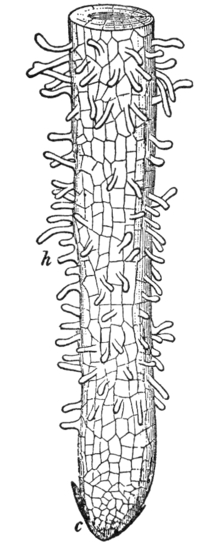Hello everyone today i'm sharing with you a diagram about celular respiration and photosynthesis and some information about it:
PHOTOSYNTHESIS:
In order for photosynthesis to occur, a plant needs a few things in its environment: water, carbon dioxide, and energy from the sun (or light source). The chloroplast in a plant cell traps energy from the sun. This energy stimulates the chloroplast to split water in the cell into hydrogen and oxygen. The oxygen is released into the air as a waste product. The chloroplast also makes a sugar from the carbon dioxide and hydrogen that was split from the water.
RESPIRATION:
Animals exchange oxygen and carbon dioxide in a process called respiration. Cells in your body exchange oxygen and carbon dioxide also. Let's say that eat an apple for a snack. The apple is a plant that has stored the energy from the sun as sugars...sweet apple! When you eat the apple, your body breaks it down into smaller pieces that your cell can use. These simple sugars are called glucose. The glucose enters the cell and travels to the mitochondria, where the energy can be made for the cell. Inside the mitochondria, respiration occurs, as the plant sugars are broken into water and carbon dioxide.
SUMARY:
Photosynthesis: sun's energy + carbon dioxide + water = sugars + oxygen (happens in the chloroplast).Respiration: oxygen + sugars = carbon dioxide + water + stored energy (happens in the mitochondria).



